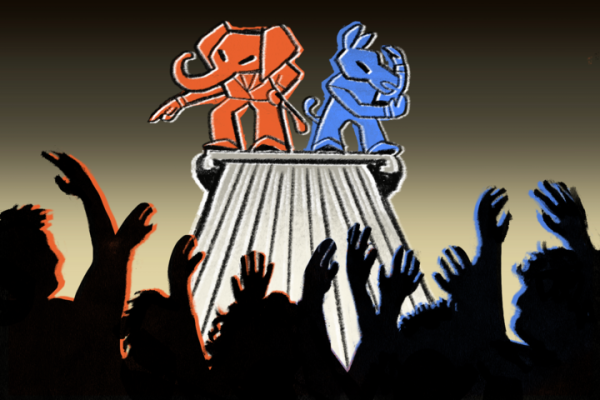Focus on students, not numbers
Students use computers in Ablah library.
Wichita State recently launched a new degree program that will allow para educators to obtain a full teaching license through online classes. The university website says the Teacher Apprenticeship Program (TAP) was established to help curb the teacher shortage in Kansas.
This is just one of many new online-only degrees in the works at Wichita State.
In 2013, WSU developed an Online Learning Strategic Plan, which laid out a goal to increase the university’s utilization of online education. The university currently has 10 online-only undergraduate degree programs to go along with seven graduate programs and a handful of certificate programs.
The university says online programs are aimed to “provide quality education unbounded by time or distance.”
It’s a noble goal, but maybe there is more to it.
According to a study from the National Student Clearinghouse Research Center, fewer and fewer people are enrolling in college. WSU saw a decrease in fall enrollment from 15,003 in 2014 to 14,474 in 2016.
In the past, WSU President John Bardo has emphasized a target enrollment of 22,000.
Online students can be an enticing recruiting population for a school looking to see major increases in enrollment.
WSU gained 107 new online-only students for the spring 2017 semester. Mark Porcaro, executive director of online learning, said he plans to see a 110% increase in online-only students by 2020.
Online classes aren’t for everyone. Many students benefit from face-to-face interaction with peers and professors, participation in clubs, and everything else that comes with a traditional, on-campus college experience.
Wichita State is not an online college. It is important for the university to keep up with the changing educational landscape by expanding learning opportunities and providing online classes, but the university should not lose sight of its traditional students for the sake of increased enrollment.










